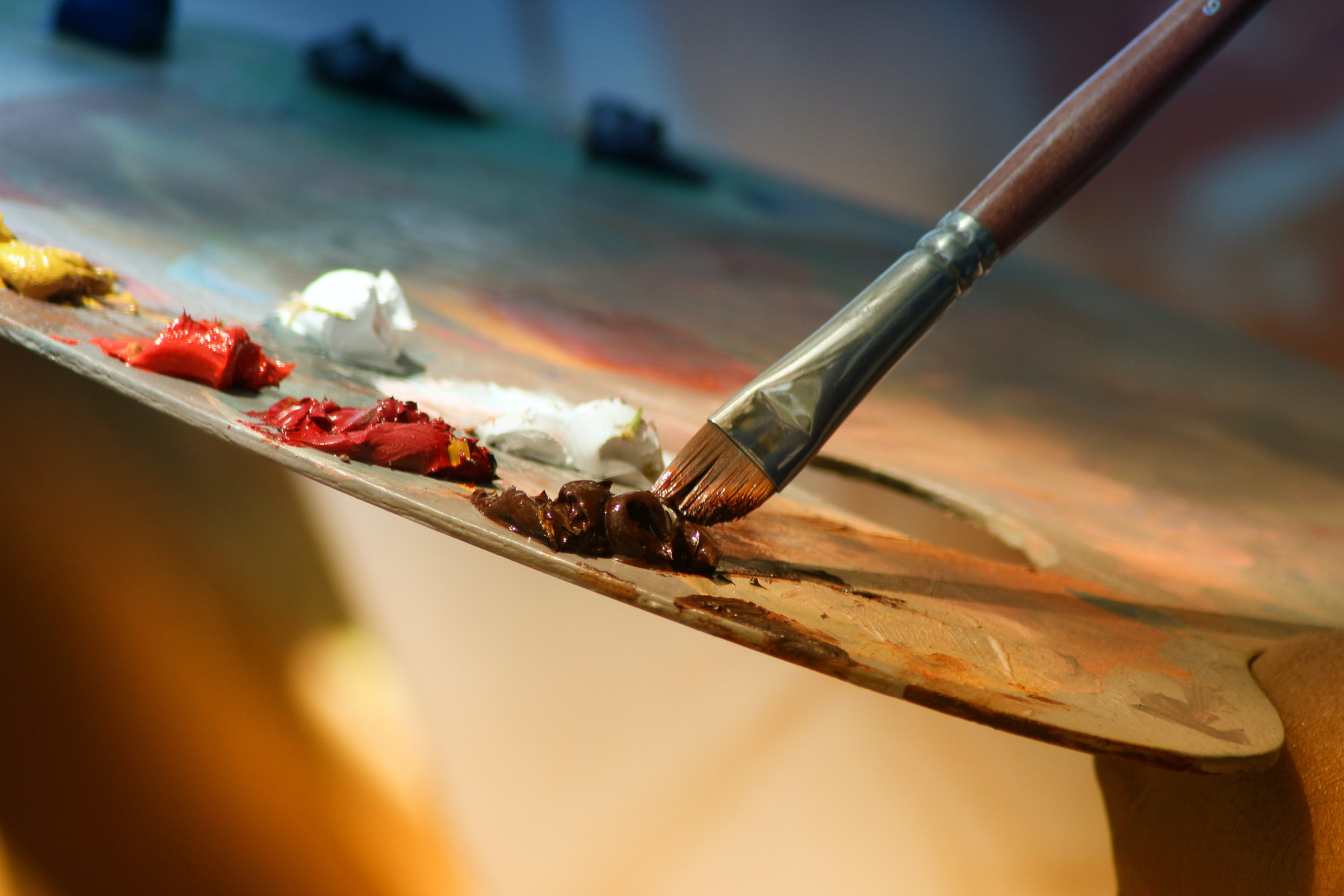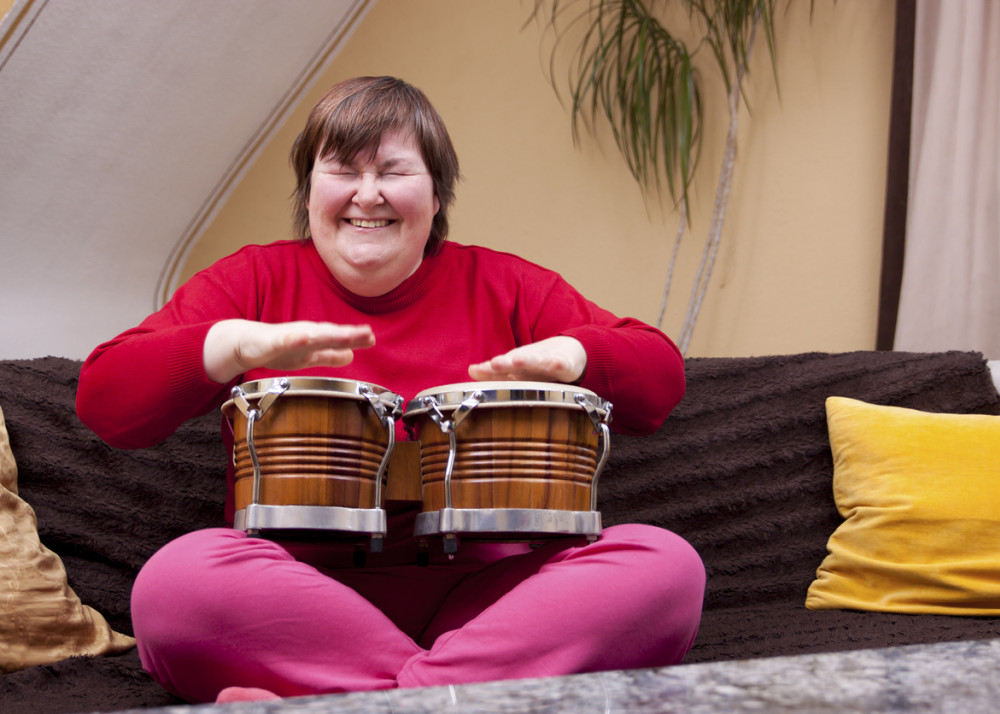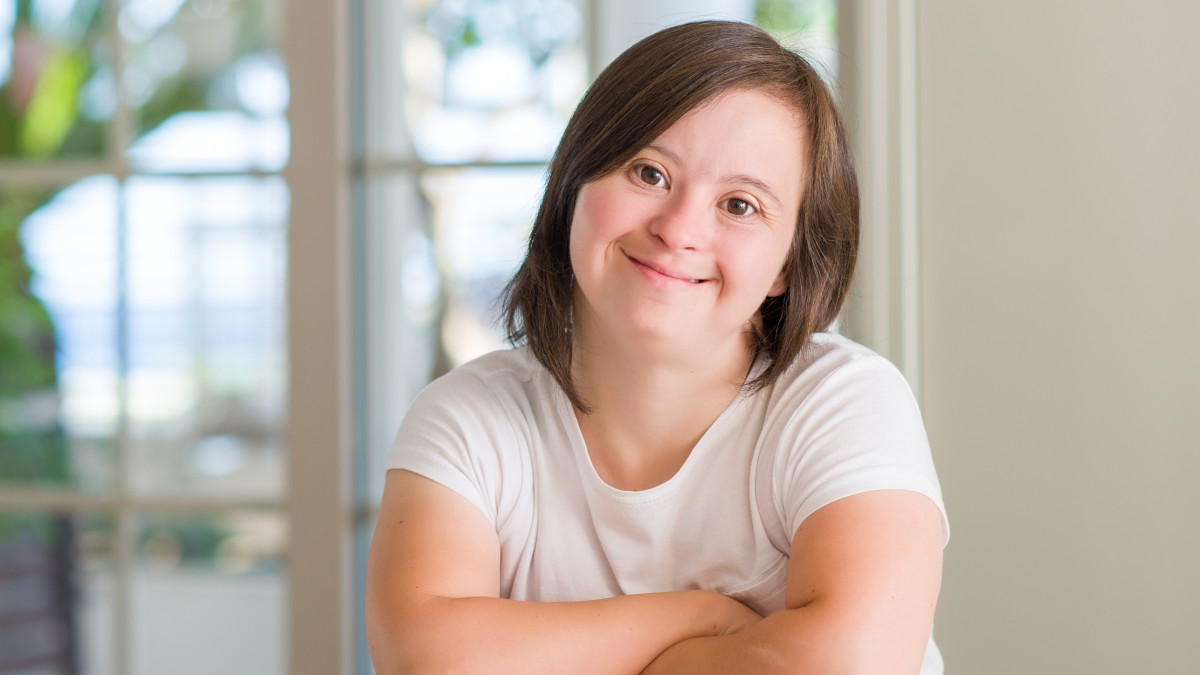The Link Between Acquired Brain Injuries and Art Therapy
20 October, 2021
Art therapy supports healing and emotional wellbeing with a combination of psychology and creativity. When applying this to someone with an acquired brain injury, they may find that art therapy can help in rebuilding a sense of self, whilst bringing a sense of comfort and joy that can contribute to improved quality of life.

What is the link between acquired brain injuries and art therapy?
The art therapy process engages the entire brain and helps to build new neural connections. Handling art materials and tools uses fine and gross motor skills, whilst helping to strengthen fingers and hands. At the same time, hand-eye coordination, perception skills, concentration, and problem solving skills are all practiced.
Acquired brain injuries can also result in differences with emotional regulation. It is thought that the creative process, particularly with art, can both contribute to healing and provide those living with an acquired brain injury with necessary skills to explore new approaches to living. This is another contributing factor that can result in an improved quality of life.
When talking about the link between art therapy and acquired brain injuries, we can also look at neuroplasticity. Neuroplasticity is the brain’s ability to adapt to damage by forming new connections and pathways. This demonstrates how the human brain is able to adapt and master new skills after an acquired brain injury.
Because of this, art therapy can help with a number of different aspects of wellbeing. Art therapy can improve cognitive abilities, memory, reasoning, and visual processing. It can also help you redevelop your fine motor skills, and express any feelings you may have about past trauma. This is another reason that art therapy is a strong tool to use when managing emotional wellbeing after an acquired brain injury.
What are the benefits of art therapy for those with an acquired brain injury?
Sharpen fine motor skills and visual perception
Using a tool such as a paintbrush or pencil can help you control your hands and fingers. Working on fine details on a painting or drawing can also help you improve both your hand-eye coordination, and perception skills.
Improve concentration and attention
No matter the type of art therapy, whether it be painting, pottery, or drawing, concentration is involved. This can help your ability to focus for long periods of time, and the more you practice, the easier this will become.
Relieve symptoms of depression & help build social skills
Mindful art therapy can be extremely helpful to help manage feelings of depression that may come from an acquired brain injury. Group art therapy is also very useful in helping those with an acquired brain injury build social skills and form friendships, which can also be very beneficial for emotional wellbeing.
Improve self-management and self-esteem
Art therapy allows you to take control of an aspect of your life. You are able to decide what you want to create, and how you would like to create it, which gives you the chance to be flexible and make decisions for yourself.
Overcome emotional barriers
It can sometimes be hard to openly talk about how you are feeling, especially after an acquired brain injury. Art therapy provides you with the opportunity to work through any internal emotional conflict you may be feeling. Being able to express yourself through art is an invaluable experience which can improve your quality of life.
How can Focus Care help?
Focus Care offers specialist acquired brain injury services, which range from one-on-one care with our Support Workers, to home nursing and creative therapies. If you or a loved one are looking for acquired brain therapy support or NDIS support coordination, contact us today to see how we can help.




